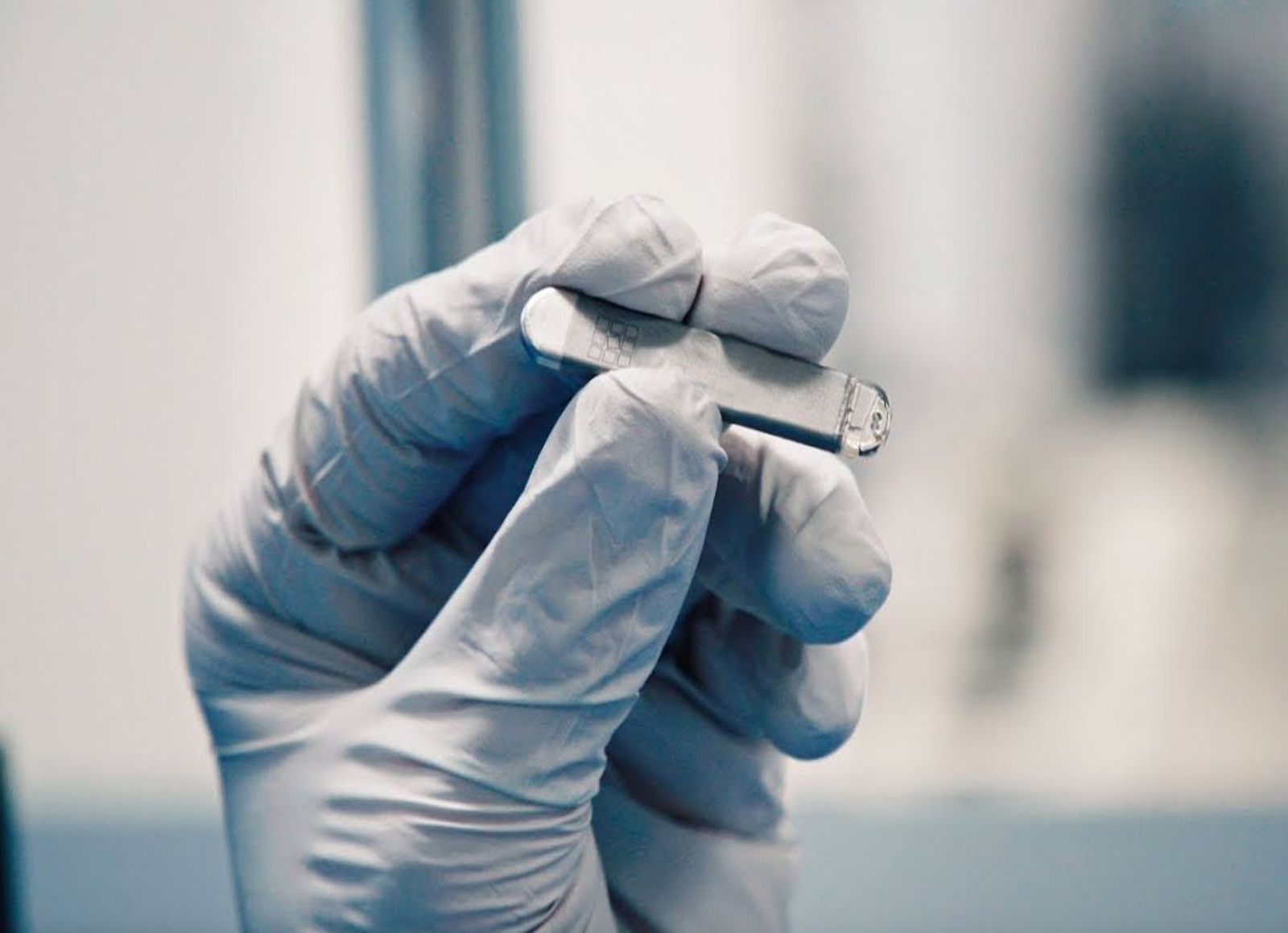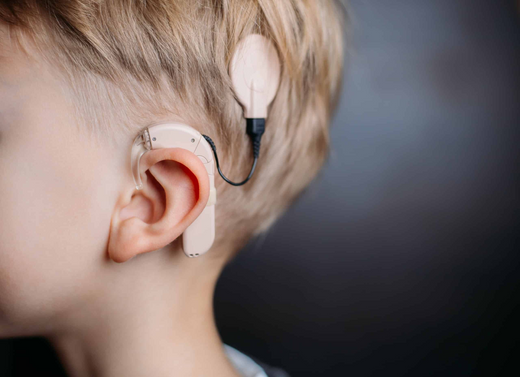Magnetic Measurements Techniques
By: Min Zou, Director at Lab Magnetics
At SM Magnetics, we carry out magnetic measurements every day at every stage of operation, from new material development to finished product performance inspection. Various magnetic measurement techniques are utilized to meet our customers’ needs at multiple levels. Here is a brief introduction to some commonly used ones.
Helmholtz Coil
A 3-axis Helmholtz coils and fluxmeter set (Fig. 1a) measures magnitude and direction of the magnetic moment of a permanent magnet at its open circuit working point in three axes simultaneously. When simultaneous measurement of the magnetic moment along the three axes is not required, we can use a single-axis Helmholtz coils and fluxmeter set (Fig. 1b) instead. The advantages of the single-axis Helmholtz coils are that they provide more sample space and cost less for the same sized coils.
This technique can measure a permanent magnet at a speed of less than 1 minute per measurement. The test samples can have arbitrary shapes and sizes, if they can fit into the uniform field region of the coils, thus there is no need to prepare the samples into specific shapes and sizes. By moving the magnet samples in or out of the coils, voltages are induced in the coils. The induced voltages are integrated by the fluxmeters to derive the magnitude and direction of the magnetic moment. As the voltage is generated by varying the magnetic flux via moving of the permanent magnet, no external magnetic field is needed for this test technique. Given its operational simplicity, fast speed, flexibility in sample shape and size, high accuracy and repeatability, and low cost of the instrument, this technique is widely used for finished product quality control.

Hysteresisgraph
A Hysteresisgraph measures the magnetic polarization J of a magnet and the magnetic flux density B through the magnet as a function of applied magnetic field H, outputting the J-H and B-H curves. During the measurement, the permanent magnet sample is placed between the two poles of an electromagnet. The external magnetic field H applied to the magnet sample is controlled by varying the electric current of the electromagnet. The sensing coils surrounding the magnet or embedded in the electromagnet’s pole piece are connected to the fluxmeters to obtain the H, B, and J values.
The Hysteresisgraph method is a closed magnetic circuit technique as the magnet is in direct contact with the surfaces of the electromagnet’s two pole pieces without an air gap. Therefore, this technique is generally used to provide intrinsic magnetic properties of the magnet, which are not affected by the shape and size of the magnet sample due to self-demagnetization.
In order to form a closed magnetic circuit, the surfaces of the magnet sample must be flat and parallel to each other. In addition, although the shape of the sample can be versatile (cylinder, parallelogram, ring, and any prism with parallel surfaces), the test sample’s size is often constrained by the sizes of the electromagnet and sensing coils of the Hysteresisgraph. Consequently, the sample generally needs to be machined to specific shape and size to fit in the test instrument. The Hysteresisgraph is thus not commonly used to measure complex shaped finished product.

VSM – Vibrating Sample Magnetometer
A VSM (Fig. 3) measures the magnetic moment by vibrating a sample along a direction perpendicular to a uniform magnetic field. The movement of the sample leads to magnetic flux change, which induces a voltage in a set of pickup coils adjacent to the sample. The induced voltage in the coils, which is proportional to the magnetic moment of the sample, is sent to an amplifier with high voltage gain to obtain the sample’s magnetic moment. The configuration of the VSM’s magnetic field direction, pickup coils, and voltage amplifier can provide measurement sensitivity as high as 10−6 to 10−7 emu, therefore, VSM can detect magnetic signals in a very wide range, from diamagnetic and paramagnetic materials with weak magnetic signals to ferromagnetic materials (hard and soft magnets) with strong magnetic signals.
VSM measures samples in an open magnetic circuit, the applied magnetic field is different to the magnetic field inside the sample due to the sample’s self-demagnetization effect. To obtain the intrinsic magnetic properties of the test sample, the as-collected data can be corrected by using demagnetizing factors.

Magnetic Field Mapper
A magnetic field mapper measures magnitude and direction of magnetic field in a user defined space by moving magnetic field sensors with their locations controlled by a system of motors via computer program. The output of the measurement is a spatial distribution of magnetic field in the user-defined space. The spatial and magnetic field resolutions of the measurements are determined by the mapper’s motor systems and sensors.
Benefited from modern technology advancements in magnetic sensors and software design tools, the magnetic field mapper (Fig. 3) is equipped with a 3-axis magnetic field sensor with a field sensitive volume as small as 0.02x0.005x0.02mm3 along one axis, and 0.14x0.01x0.14mm3 along the other two axes. This mapper can provide positioning accuracy and repeatability of 3 μm in linear positions and 0.05° in rotational positions. It can measure magnetic fields up to 2 T with an accuracy better than 0.1%. Moreover, the sensor’s moving speed is adjustable up to 100 mm per second, providing fast turnaround from prototype performance validation to finished product quality inspection.

Force Tester
The forces commonly measured in our labs are magnetic attraction force and the force to break the adhesive bonding between the magnetic parts in a magnetic assembly. The test samples can be permanent and soft magnets, and magnetic assemblies.
For magnetic attraction force measurements, two samples are mounted in sample fixtures with their positions determined based on their applications. One sample is fixed to the instrument’s sample table, the other one is attached to the force sensor of the force tester. During the measurement, the sample attached to the force sensor is moved away from its counterpart. The forces between the two magnetic samples as a function of their relative distance are then measured by the force sensor and recorded by the tester.
For adhesive bonding strength measurements, the tensile and shear forces to break the bonding between the parts within the magnetic assemblies are measured by simply pulling or pushing the magnetic parts apart from each other with suitable sample fixtures.
We have multiple force testers with a force range between 0.4N and 2,000 N, and a measurement accuracy of 0.5% of readings. Shown in Fig. 4 is one of the force testers (Instron 68SC-2)

Soft Magnetic Tester
The soft magnetic tester provides closed magnetic circuit tests for soft magnetic samples in ring, bar, rod, and sheet forms to eliminate potential inaccuracy from demagnetization correction for open circuit methods. The output data are initial magnetization and hysteresis curves, which can be used to derive the remanent induction Br, coercive field strength Hc, initial permeability μi, maximum permeability μmax, maximum induction Bmax, specific core loss, and ac permeability.

About SM Magnetics: SM Magnetics is a privately owned company, providing assistance with magnets, magnetic circuit design, engineering support, and production. For more information, log on to our website, www.smmagnetics.com, contact our technical staff at 205-621-8841.




